ISSN ONLINE(2319-8753)PRINT(2347-6710)
ISSN ONLINE(2319-8753)PRINT(2347-6710)
| Vidya Singh Research Scholar, Department of Chemistry, Motilal Nehru National Institute of Technology, Allahabad, U.P, India |
| Related article at Pubmed, Scholar Google |
Visit for more related articles at International Journal of Innovative Research in Science, Engineering and Technology
A mathematical approach was used to simulate the granule size variation in upflow anaerobic sludge blanket (UASB) reactor under different operating condition like organic loading rate (O), polymer loading (PL), upflow velocity (Vup), operation time (t0), density of water ( g ï² ) and density of granule ( g ï² ). The experimental results of different investigators on polymer loading, OLR, upflow velocity, operation time and granule density were collected and developed a mathematical model to the enhancement of granule size in UASB reactor. Using MATLAB software indices of power multiplier function obtained can be used to predict the granule size (Dg) variations in UASB reactor. A microbial Monod kinetics was applied to determine the substrate removal kinetics of UASB reactor.
Keywords |
| Monod model, non linear regression, organic loading rate, UASB |
INTRODUCTION |
| Microbial granulation is a complex process, involving different trophic bacterial groups and their physico-chemical and microbiological interactions. Granulation initiated by bacterial adsorption and adhesion to inert matters or inorganic participates provides a better settling characteristics and granule stability [1, 2]. |
| UASB process performance can be judged by evaluating its performance within as well as beyond the granulation period and or start-up phase, as the system behaviour is under highly transient conditions within the granulation period [2-5]. |
| Successful performance of UASB reactor can be achieved within a short period, if granules are developed quickly within the sludge bed under the proper environmental and operating conditions within the reactor [6]. Granulation process is affected by various factors like organic loading rate, upflow velocity, settling velocity, sludge volume index (SVI), gas production rate, liquid flow rate, polymer loading, Percent COD removal and effluent COD concentration. |
| Granules may range from 0.1 to 5 mm in size or even higher than 5 mm and are differentiated from flocculated sludge by their high shear strength [3, 7]. Approximately 2-3 % of the granules in the reactors were reported in the size range of 0.5-4.5 mm by [8]. [9] have documented that about 14 % granules were observed larger than 4.0 mm in size in UASB reactor. After increment in the organic loading rate, the granule sizes were reduced due to shearing of granules caused by high flow velocity and possible washout of lighter microorganisms [2, 3, 10]. |
| In the present work, the independent variables like polymer loading, organic loading rate, upflow velocity, operation time and granule density influencing the granule size in UASB reactor have been collected from the literatures. Further a mathematical model was developed by non linear regression using MATLAB2010a software for prediction of granule size in UASB reactor. Various statistical measures were done between predicted output and experimental data of granule size to check the accuracy of developed model. It is believed that the developed model and tested in the present study may prove useful in assessing the granule size in UASB reactor. An application of Monod kinetics was also expressed with its derivation. |
DATA COLLECTION AND METHODOLOGY |
| In the analysis of granule size development in UASB reactor, the experimental results of [4] have been used. These experimental data were read either from the figures or taken directly from the tables provided in [4]. In [4] influent substrate concentration (S0) was maintained at 4 g COD/L in all the four reactors R1 to R4 and OLR was varied in the range of 730-16030 g COD/m3.d. Reactor R4 exhibited the best settleability, short start-up period and good methanogenic activity at all organic loading rates, so analysis of these reactors considered in this study. |
RESULTS AND DISCUSSION |
Dimensionless approach |
 |
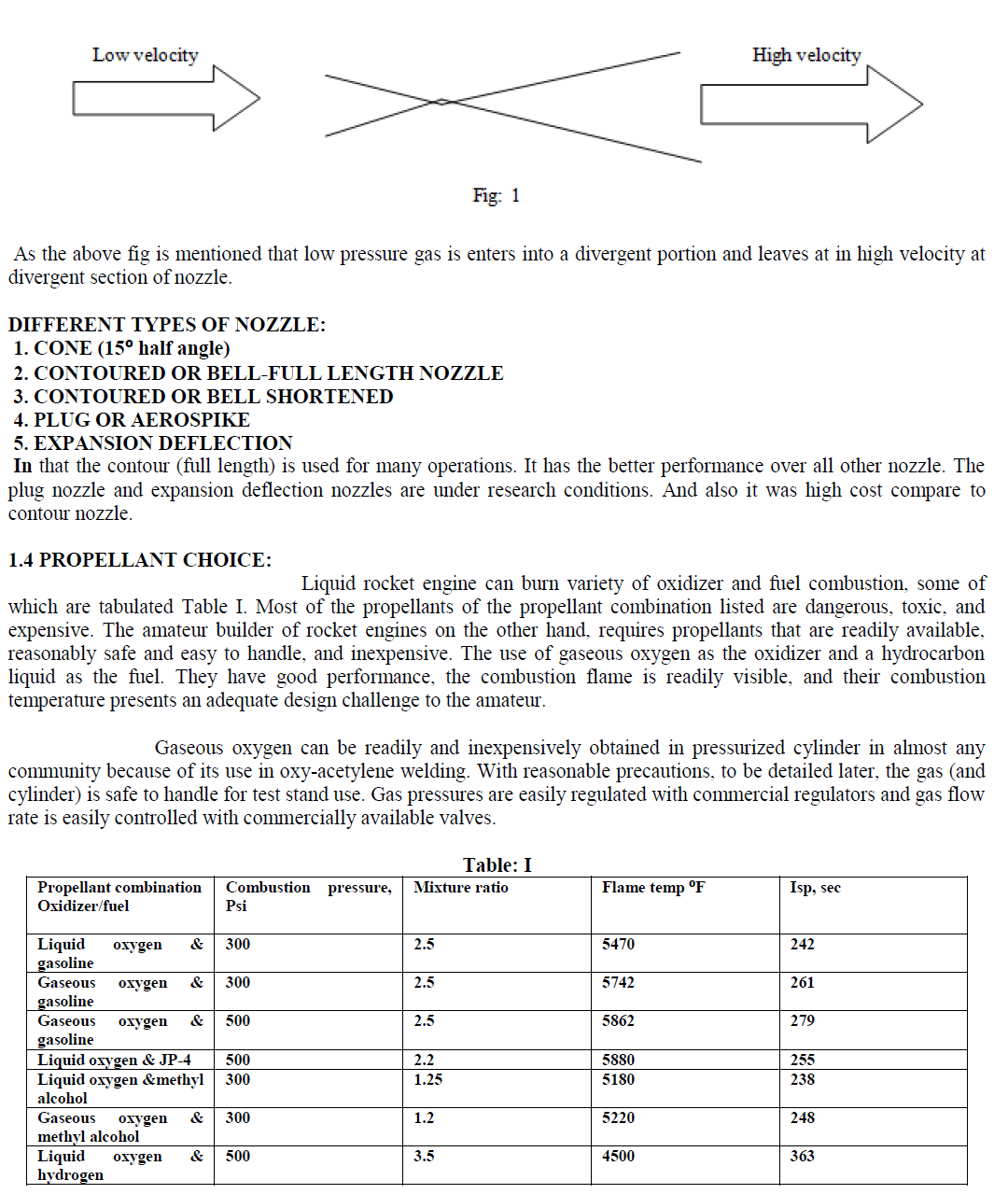 |
| From fig. 1 It can be seen that predicted output data of granule sizes were very close to experimental data of granule size, means a better fitting was predicted between observed output data and experimental values of granule sizes. Proposed model gives better results for prediction of granule sizes in UASB reactor. |
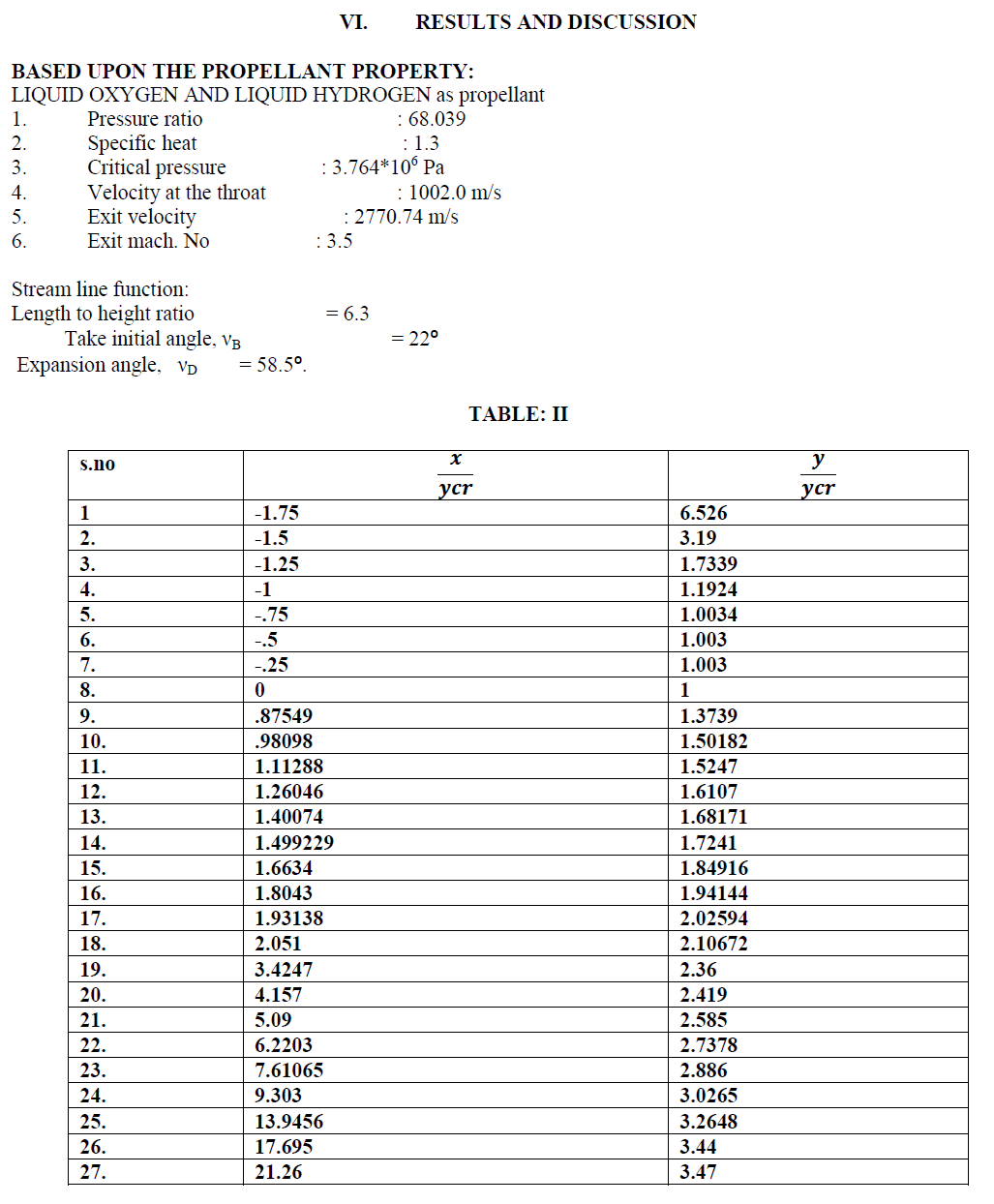 |
| De, experimental granule size; Dp, predicted Granule size; Dm, mean granule size, n, no. Of experimental data point; SR, sum of Residuals of the errors; AR, average residuals of the errors; RSS residuals sum of squares; SEE, standard error of estimate. |
| From Table 1 all statistical error estimates are low for analysis means observed predicted outputs are very close to experimental values. Predicted output granule sizes shows better fitting with experimental data of granule sizes, means proposed model for power multiplier function (Dg) gives better results for prediction of granules sizes in UASB reactor. |
Application of microbial monod kinetics |
| For a UASB reactor without biomass recycle, the rate of change of biomass and substrate in the system can be expressed as Eqs. (3,4) |
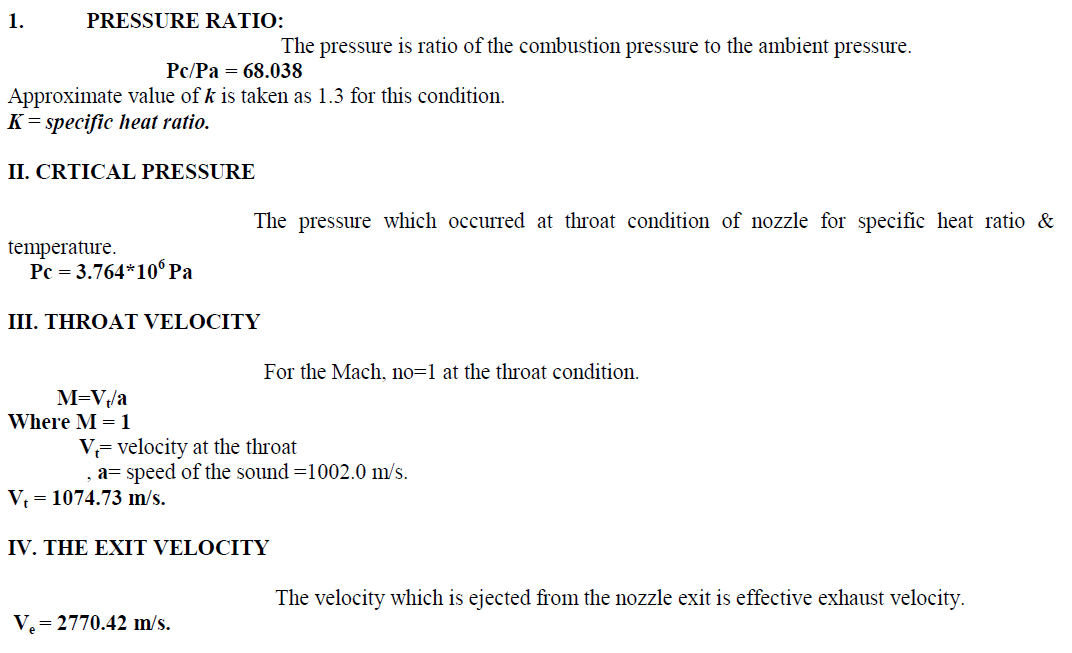 |
| The ratio of the total biomass in the reactor to biomass wasted per given time represents the average time called as mean cell resistance time. The relationship between the specific growth rate and the rate limiting substrate concentration can be expressed as: |
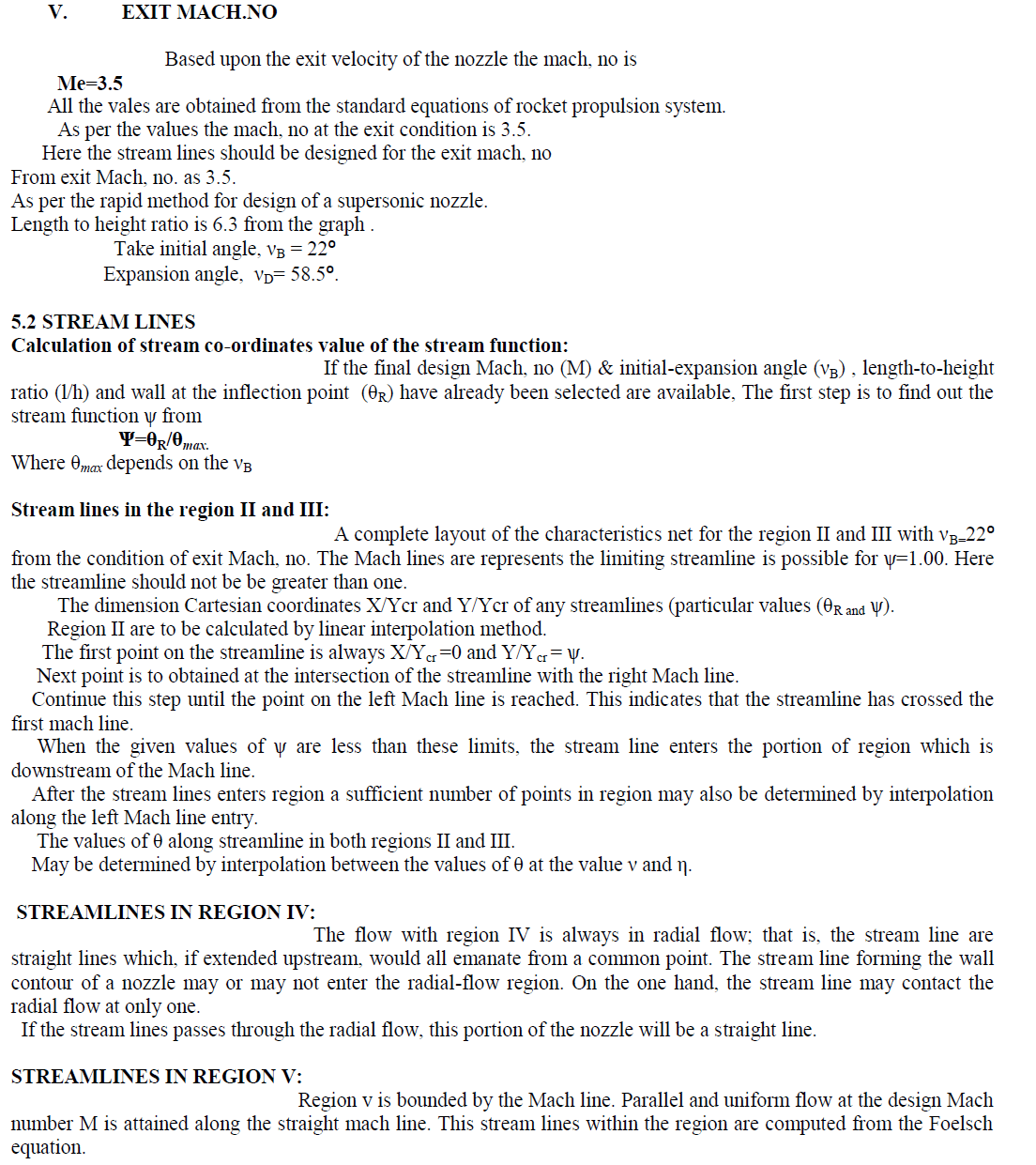 |
| By equation 5 shows substrate removal rate based on substrate mass balance in a biological reactor, linear equation 6 is obtained, by which synthetic coefficient K, Ks are achieved. Where, Q is inflow discharge to reactor(L/d),V is reactor volume (L), Si effluent substrate concentration (g COD/L), Se effluent substrate concentration (g COD/L), X is influent biomass concentration (g VSS/L), Xi is influent biomass concentration (G VSS/L), Xe is effluent biomass concentration (g VSS/L), Y is yielding coefficient (g VSS/g COD), Kd is endogenous decay coefficient (d-1), μ is specific growth rate, μmax is maximum specific growth rate (d-1), Ks is half velocity constant (g COD/L), K is maximum substrate consumption rate per microorganism mass (g COD/g VSS.d) ,θ is hydraulic retention time (d) and θc is solid retention time (d). |
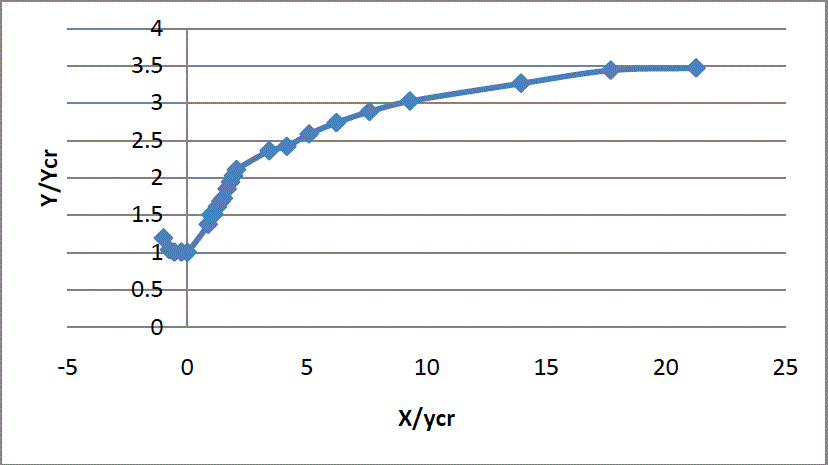 |
| Considering the linear equations 6 by plotting (Si-Se)/θ.X in front of 1/θc, figure 2 (a) is obtained , by which synthetic coefficient Y and Kd were 0.0253 g VSS/g COD and 0.00847 d-1 with correlation coefficient (R2) of 0.671. Also based on figure 2 (b) that is plotting θ.X/(So-Se) in front of 1/Se by linear equation 7, synthetic coefficients K, Ks are 0.646g COD/g VSS. d and 0.244 g COD/L with correlation coefficient (R2) of 0.953. |
CONCLUSION |
| In mathematical approach six independent variables operation time, organic loading rate, polymer loading, upflow velocity, specific density of granule and specific density of water are considered, which dependent on granule size in UASB reactor. From these dependent and independent variables make four dimensionless groups by using dimensionless approach Buckingham π - theorem. Indices of power multiplier function obtained by using NLINFIT tool of MATLAB2010a and simulate the granule size, which are close to the experimental data of granule size. A Monod type kinetic model with a correlation coefficient of 0.671 and 0.953 was also found to be suitable for expressing the microbial kinetics of the UASB reactor. |
References |
|